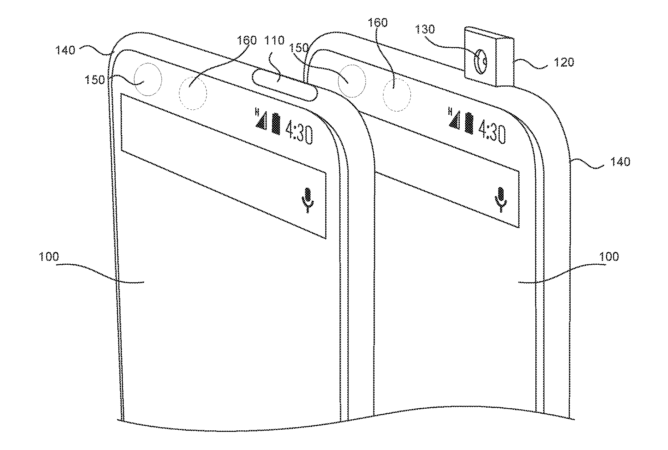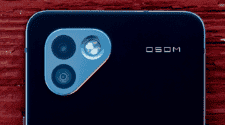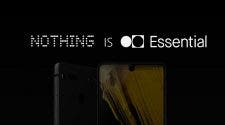Remember the Vivo Apex concept phone that was launched at the Mobile World Congress (MWC) 2018? This smartphone was an attraction not only because of its ultra-narrow bezel and built-in fingerprint sensor, its pop-up front camera was quite attractive too. Now, information just surfaced online that the patent to the pop-up camera actually belongs to Essential.

An article of Vivo Apex on Gizmodo was tweeted to Andy Rubin (Founder of Essential and Co-founder of Android) by an Essential fan named Rafael and he asked if Rubin had seen the news. Rubin replied affirmatively with a Google link which turns out to be a US patent (US9736383B2) page which shows that this patent is actually a “way to maximize the display area of mobile devices” and it was first submitted by Essential in May 2016.
@essential @Arubin You seen this? https://t.co/upYBvmYuPC
Keep the notch please.— Rafael Villar (@RitterRav) March 2, 2018
Yes Rafael, I saw it. Check this: https://t.co/v5DuJxP0qI https://t.co/HvbWEmwjYm
— Andy Rubin (@Arubin) March 3, 2018
This patent covers the exact same content as Vivo Apex and was authorized in August 2017. As can be seen from the patent drawings, the camera is placed inside the mobile device and can be ejected when the camera is on, just as the Vivo Apex was designed. Though Essential has acquired a patented pop-up camera, it has not yet produced a related product, and Vivo Apex is pre-empted, and perhaps Essential next release will be a similar device.






Doesn’t really matter because Vivo doesn’t sell phones in the US. This is a typical Chinese ploy where they the take ideas and technology straight from the patent papers and implement it. This is how you get a thousand Mi Mix clones immediately after the first one came out. Not that Vivo hasn’t done its own tricks in the past. A few years ago Vivo and Oppo were doing cool things with their cameras. This pop up camera falls right in line with their history. Essential needs to get on the ball. This patent doesn’t affect them at all, they sold less than 100,000 phones last year and nearly all of that is in north America where Vivo is non existent. This article is much ado about nothing